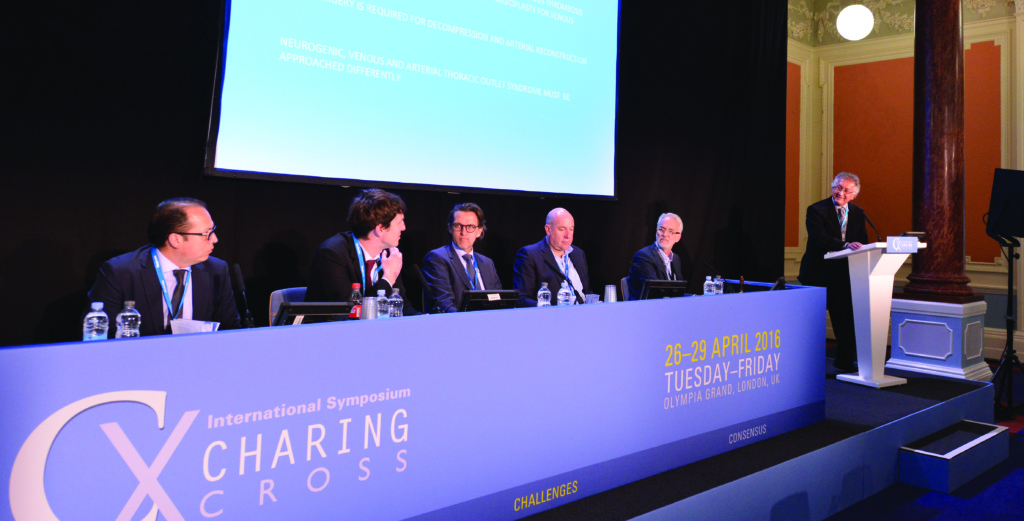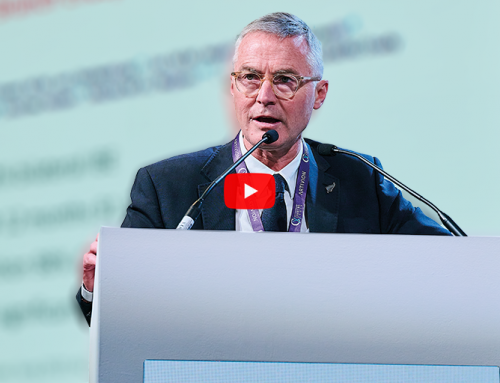
The fourth CX Meets Latin America session took place yesterday, highlighting vascular and endovascular techniques used in Latin America. With time for audience discussion following every talk, the session covered not only the technical aspects of different interventional solutions, but the economic context behind them.
“For neurogenic thoracic outlet syndrome patients we use transaxillary first rib resection or supraclavicular, when it is caused by a cervical rib or a fascial band. For the treatment of venous thoracic outlet syndrome (Paget Schroetter Syndrome) we have changed our approach in the last two years. We perform thrombolysis, followed by early infraclavicular first rib resection and subclavius muscle resection, followed by intraoperative balloon angioplasty or open venoplasty.” Muñoz said. Favouring the infraclavicular approach, he argued that it allows “better vein decompression, reconstruction, intraoperative venography and angioplasty if needed.”icking off the course, Alberto Muñoz (Bogotá, Colombia) discussed an open and endovascular approach to thoracic outlet syndrome. “In Bogota, we diagnose much less neurogenic thoracic outlet syndrome, than the 95% reported in the world literature,” Muñoz, who treats mainly venous and arterial thoracic outlet syndrome, told CX Daily News. Giving an overview of 20 years’ experience at his practice treating the condition, he discussed the treatment of 34 patients with thoracic outlet syndrome; 16 neurogenic and 18 vascular (11 venous and seven arterial).
Marco Laurenço (Curitiba, Brazil) went on to discuss thoracic endovascular aortic repair techniques used at his practice for challenging aortic arches. Citing financial pressures in Brazil, Laurenço told attendees that this method was economical in comparison to using, for example, a T-branch. “We use peripheral endograft Viabahn (Gore) without impregnation of heparin to make internal branches and revascularise the visceral branches in the treatment of thoracoabdominal aneurysms,” Laurenço told CX Daily News. Of 59 visceral branches revascularised with the Viabahn stent graft (Gore), his team found almost 95% patients maintained patency at an average of 13 months. “We found an excellent adaptability and conformability in tortuosities, so also with effectiveness in revascularisation of the visceral branches. We believe that this device has great versatility and important features to the effectiveness of visceral revascularisation in this particular disease,” Laurenço told CX Daily News. He reported that the device was difficult to visualise when inside other stents, requiring the use of proximal and distal radiopaque markers.
As well as covering aortic techniques and thoracic outlet syndrome, the CX Meets Latin America session discussed issues surrounding peripheral arterial disease. Talks from Argentina and Brazil covered the use of prostanoids in critical limb ischaemia, endoluminal popliteal bypass, and finally a presentation arguing that long femoropopliteal occlusive disease can be best treated by a covered stent.







